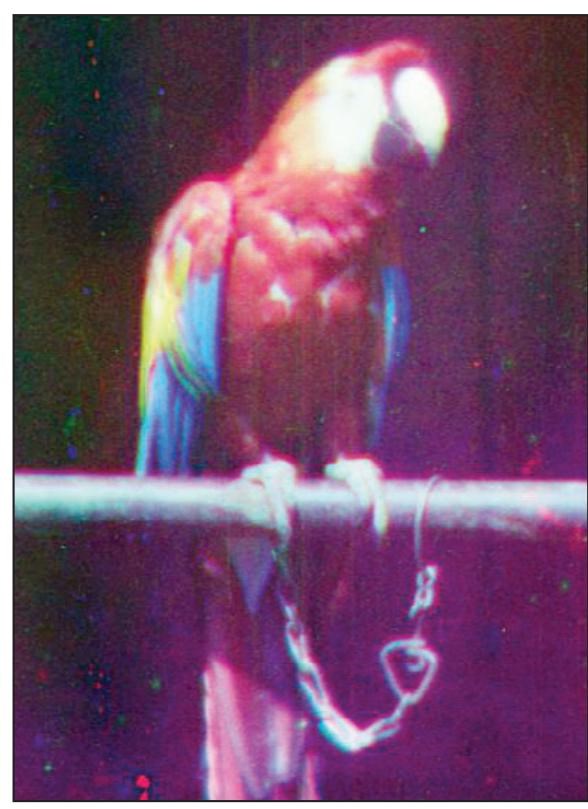The earliest movies known to be shot in colour have been revived by film archivists, who last week gave an audience at London's Science Museum a glimpse at cinema's first attempts to show us the world as we see it.
The obscure film segments were long considered failed prototypes, blurry flickers of colour seen by no more than a handful of people before being consigned to an archive. But the National Media Museum in the northern England city of Bradford said digitization had effectively rescued the footage, unlocking remarkably modern-looking images created more than a century ago.
The scenes, screened at the Science Museum, ranged from about five to 40 seconds and showed a parrot, a London street scene and three smiling children sitting around a table covered with a burgundy cloth batting at a goldfish bowl with large sunflowers.
"No one really has seen it until more or less today," said Michael Harvey, the Media Museum's curator of cinematography. "Look at the age of it. Here, you've actually got colour film from the early Edwardian period."
He said he hoped the movies would change people's perceptions of "what was possible back then." The film is slightly jerky but of decent quality. With the exception of the kids' frilly turn-of-the-century clothes and some mild discolouration, the sun-drenched clip of children playing might have been something shot with a 1970s Minolta camera.
Experts have dated the movie segments to 1901 or 1902, when cinema was still in its infancy and inventors on both sides of the Atlantic were racing to produce ever-more realistic films.
American inventor Thomas Edison led the way with peepshow-like Kinetoscope; the Lumière brothers had wowed French audiences with moving images projected onto screens in 1895. The next challenge was to shoot a film in colour.
That was no mean feat. Working in London, inventor-photographer Edward Turner devised a complex, three-colour process that would shoot blackand-white negatives through red, green and blue filters alternating in rapid succession. The idea was to project three differently filtered frames at a time onto a screen to create the illusion of a single, colourful movie.
In theory, anyway.
In practice, the timing of the filters and distance from the screen had to be perfectly calibrated or the movie became "a horrible mess," according to Bryony Dixon, the curator of silent film at the British Film Institute's National Archive.



